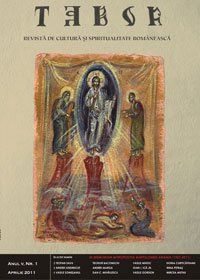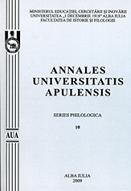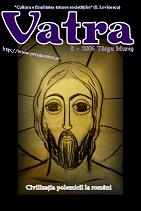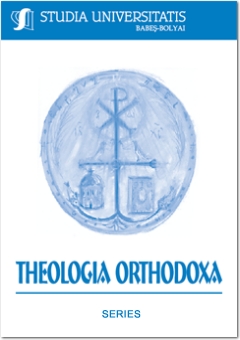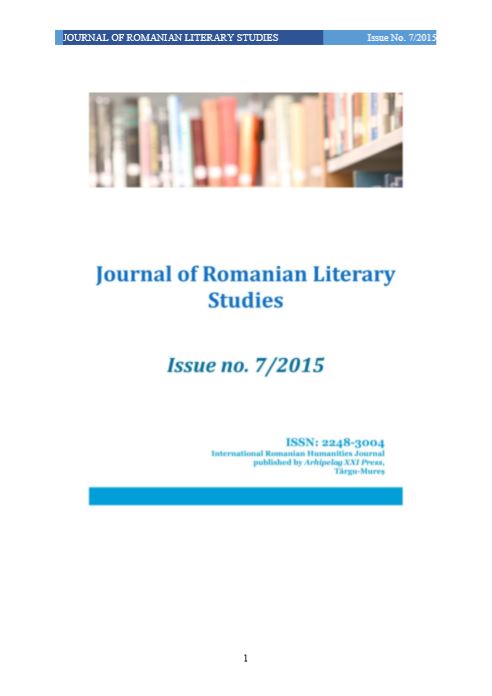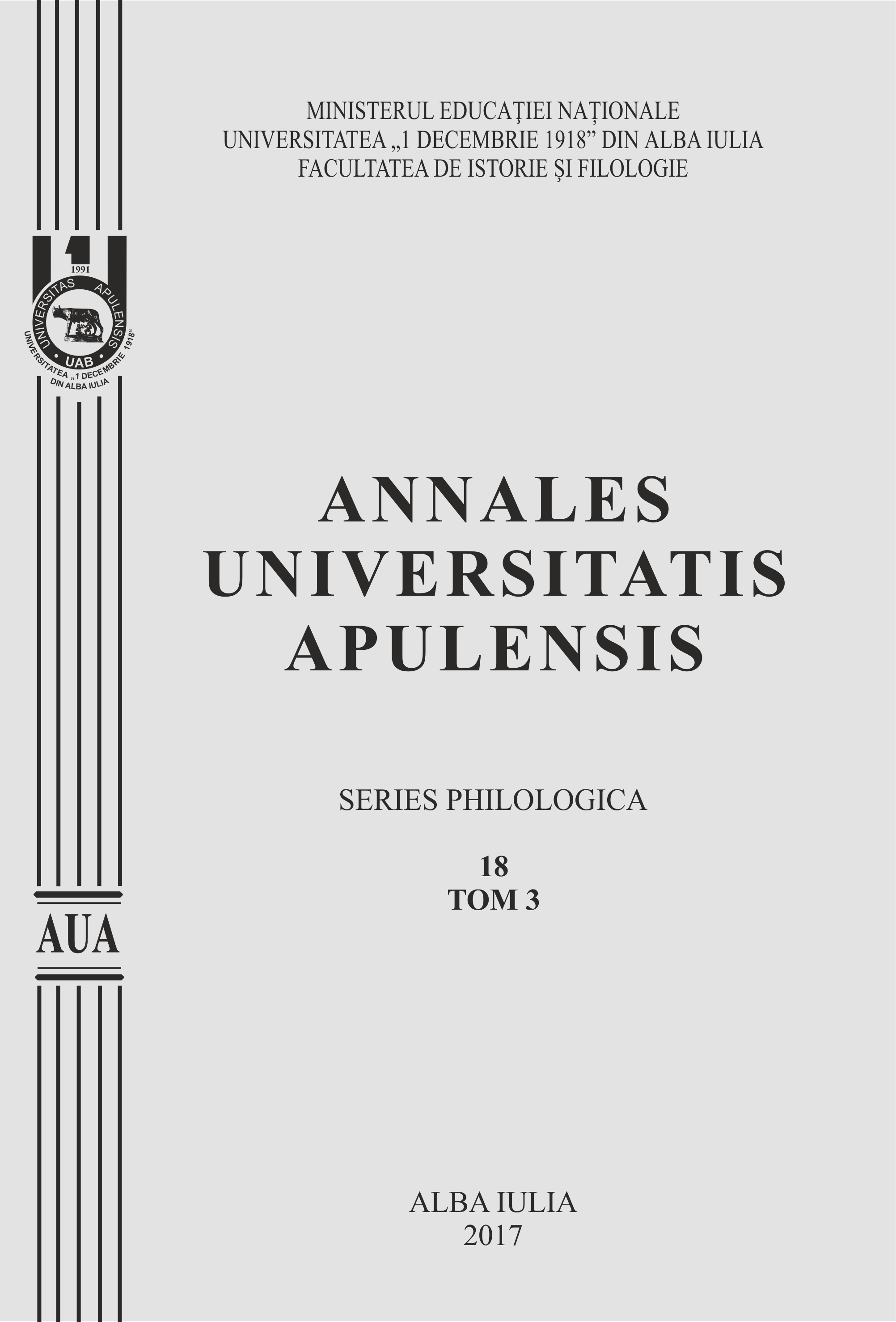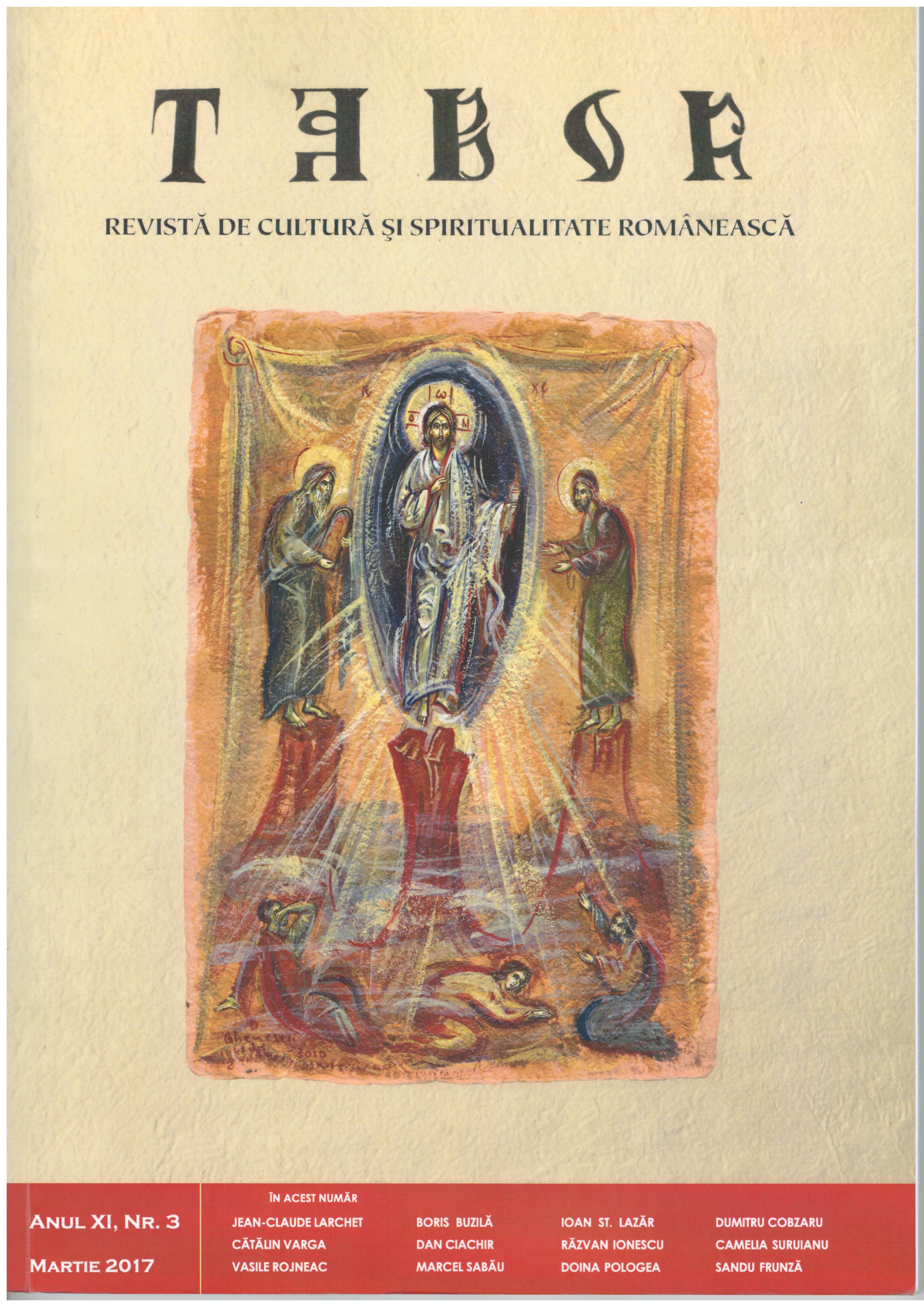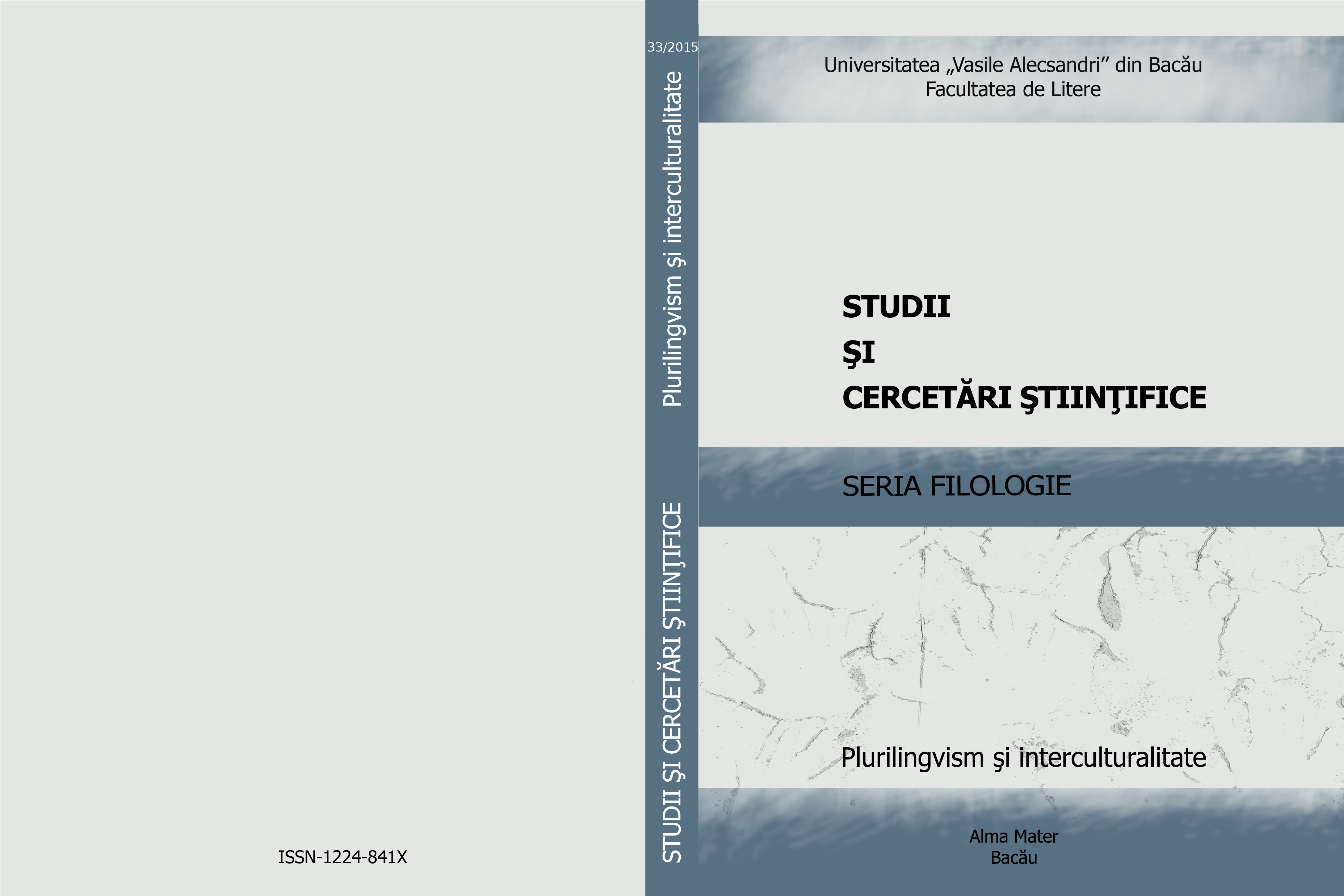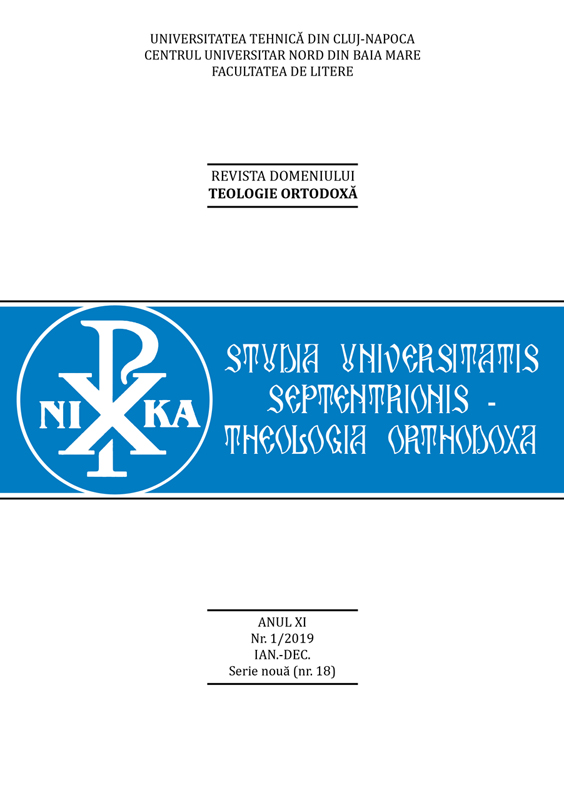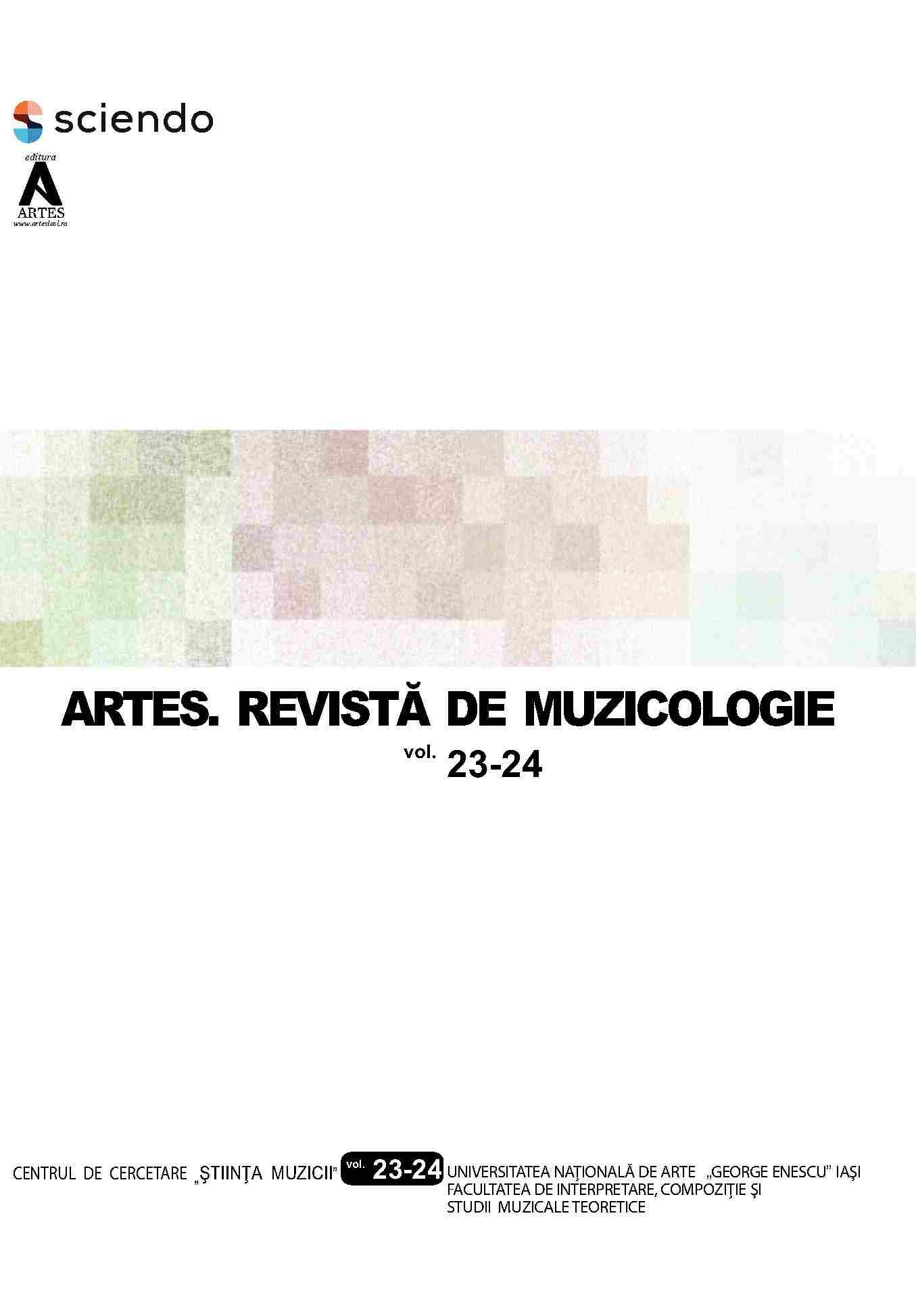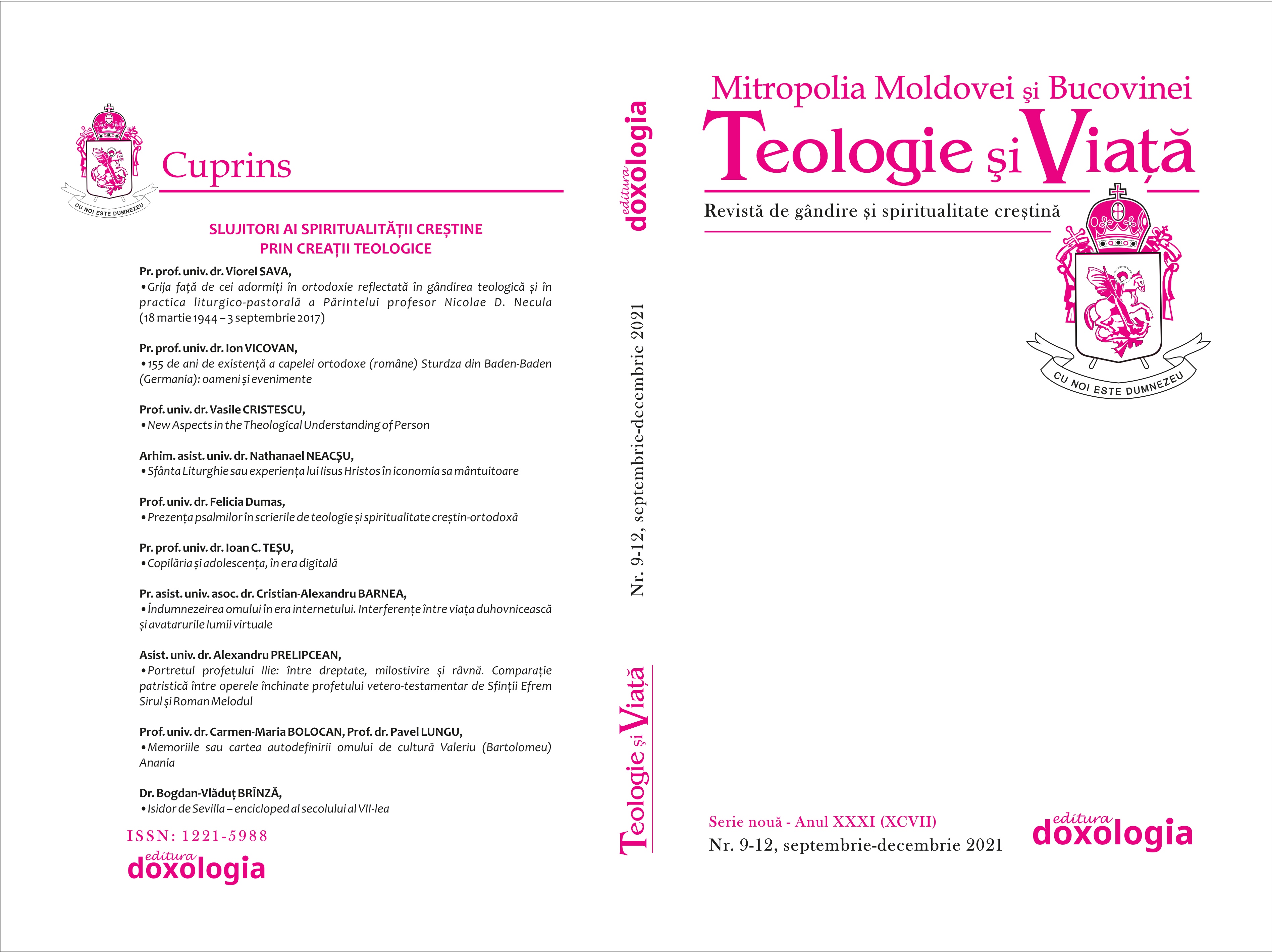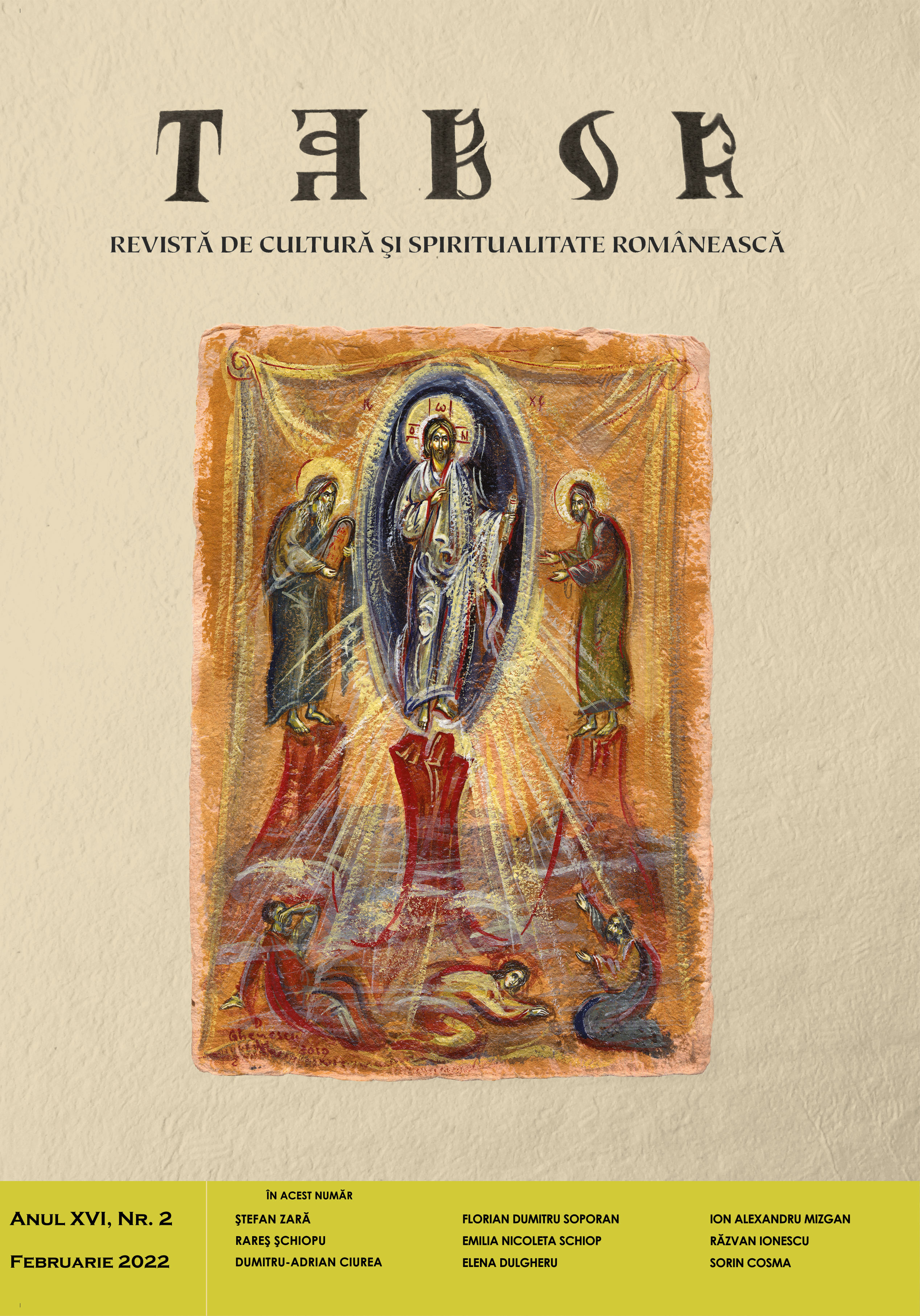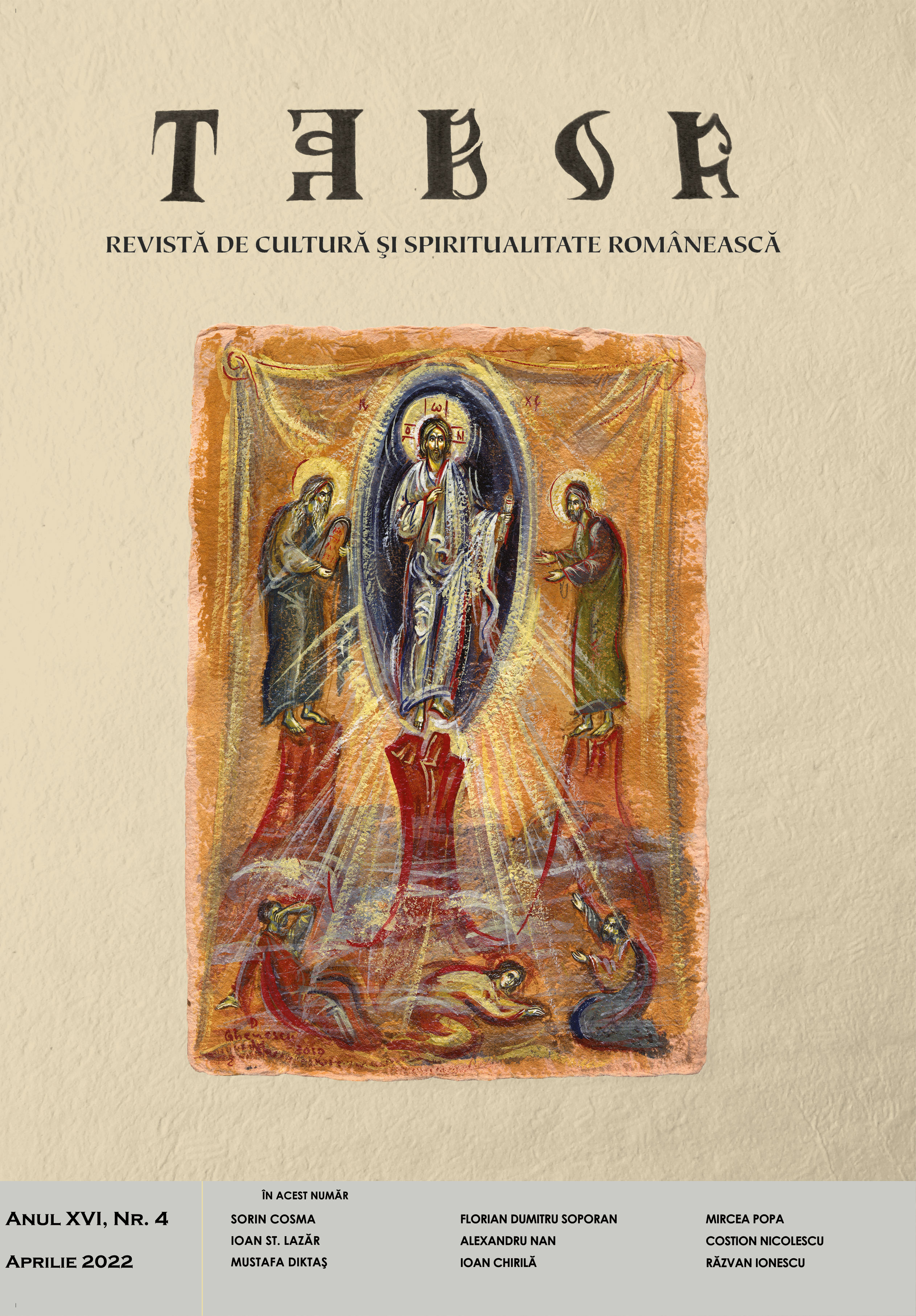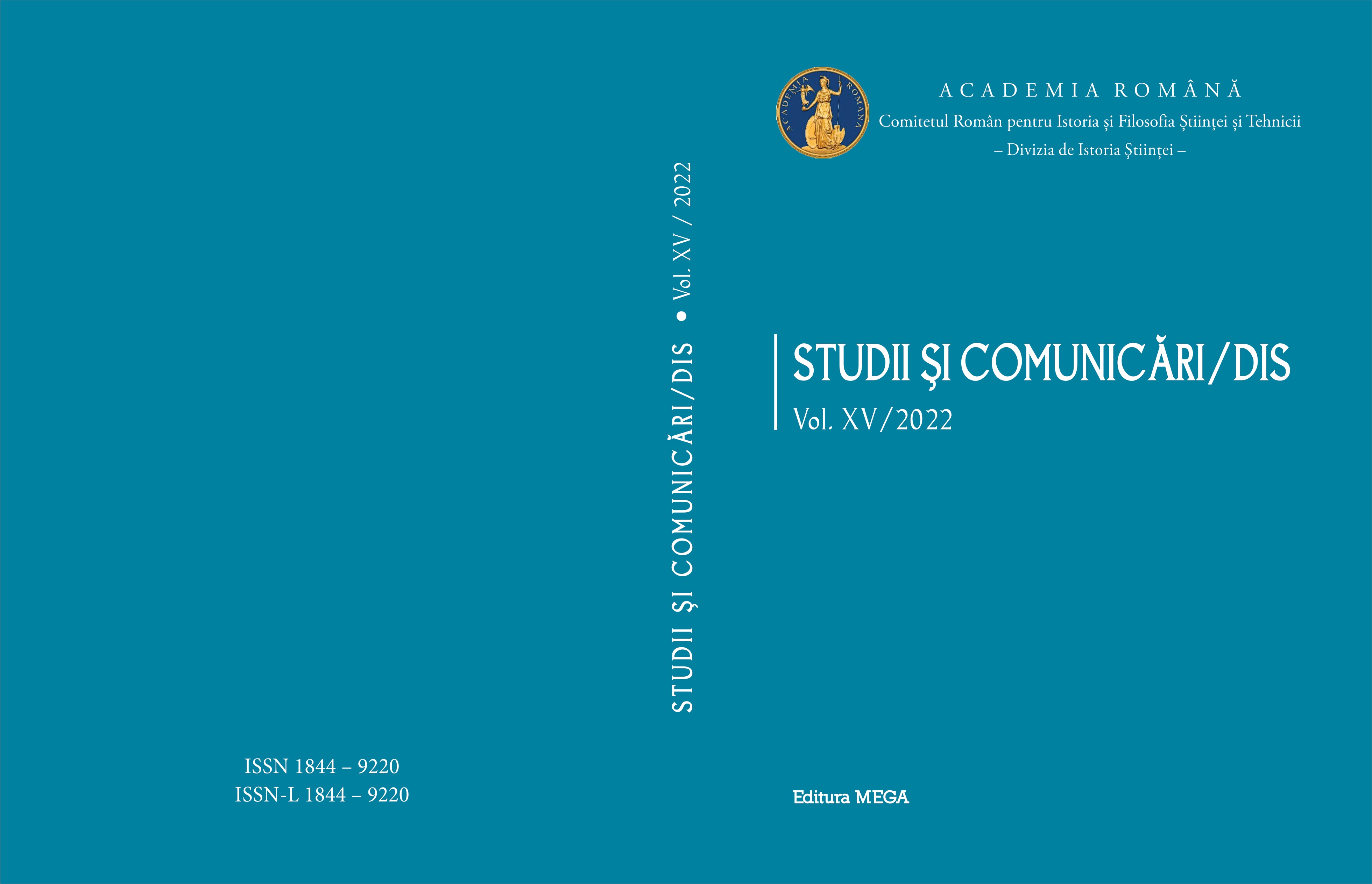„Cerurile Oltului” – eseu interdisciplinar de Bartolomeu Valeriu Anania (1990)
Author(s): Lucian Vasile Bâgiu / Language(s): Romanian
/ Issue: 1/2009
Keywords: church; Philology; icon; History; Theology
“Cerurile Oltului” (The Skies of the Olt) (1990) is an expression of the author’s interdisciplinary erudition in the embodiment of a very original essay of cultural polyphony. The common ways of art and theology reunite in a universe specific for both of them, a universe of the interdependence of the sacred ad the profane. Both the technique of Plato’s dialogue (this type of dialogue being specific for the patristic discourse) as well as the relaxation of the discourse through the appeal to different “literalised” commentaries or through completing the elevated subject with “profane” information, are the factors which ensure an opening and an accessibility highly superior to a scientific treatise; they enlarge the expectations of he to whom the discourse addresses. Eventually, the aesthetic emotion is granted not by the subject itself approached by Bartolomeu, but by the modality in which it is presented, by the shape of the discourse proposed by Anania. What determines the tonality specific for the essayistic discourse is related to the unlimited love the author feels for the national specificity. The common link for all the topics approached in the volume is tradition.
Bartolomeu proves not only an expert in presenting the characteristics of the Brâncovenesc style, but manages, starting from them, to formulate a theory of culture and civilisation which recalls the authentic traditionalism but also the understanding of the affirmation of the national creating specificity through the concepts of synchronism (Eugen Lovinescu), adaptation (Mihai Ralea) and organic development (Lucian Blaga), in a silent and probable involuntary consensus with the opinions of the above mentioned intellectuals. Bartolomeu states the iconographer’s status as creator and implicitly his placing in a dimension similar to Manole’s, for example. Were we to relate to the theory of the aesthetic value, we should have to mention the fact that for Bartolomeu, the icon is seen both religiously and artistically, which is the maximum compromise his status as a theologian could admit.
The small treaty of general aesthetics in the vision of a theologian, with its asperities, contradictions and ingenuities, expresses nevertheless the essayist’s interest in the depiction of the artistic side of iconography, even if he inherently appeals to religious dogma. We meet an argumentation of the paradox, according to which the absolute creating freedom and the artistic originality can manifest and express themselves only within norms and canons. According to this syllogism, which is not far from sophism, the greatest liberty of creation is performed by the artists who are most framed by the external theoretical factors; so, from this point of view, the Byzantine art would be the proper background for the original accomplishment of plastic art masterpieces.
More...
